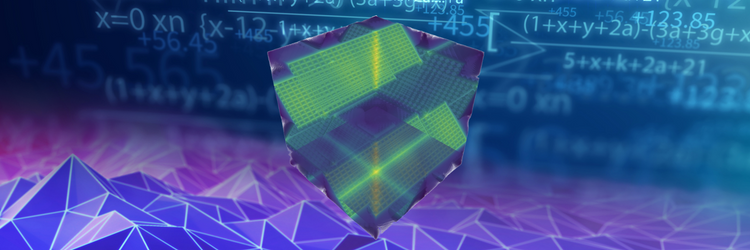AI Reduced a 100,000-Equation Quantum Physics Problem to Four Equations
Researchers at the Flatiron Institute trained a machine learning tool to capture the physics of electrons moving on a lattice using far fewer equations and without sacrificing accuracy.
The physicists compressed a daunting quantum problem that required 100,000 equations into a bite-size task of as few as four equations using AI. If scalable, the work published in the September 23 issue of Physical Review Letters could aid in designing materials with such important properties as superconductivity or utility for clean energy generation.
The work concerns how electrons behave as they move on a grid-like lattice. When two electrons occupy the same lattice site, they interact. Known as the Hubbard model, the work is an idealization of several important classes of materials, enabling scientists to learn how electron behavior gives rise to sought-after phases of matter. It is also a testing ground for new methods before they’re used on more complex quantum systems.
One way of studying a quantum system is using a renormalization group. That’s a mathematical apparatus physicists use to look at how the behavior of a system changes when properties such as temperature are modified.
In this research, the team wondered if they could use a machine learning tool known as a neural network to make the renormalization group more manageable. The machine learning program creates connections within the full-size renormalization group, and the neural network tweaks the strengths of those connections until it finds a small set of equations that generates the same solution as the original renormalization group. The program’s output captured the Hubbard model’s physics even with just four equations.
The biggest open question is how well the new approach will work on more complex quantum systems such as materials in which electrons interact at long distances.

